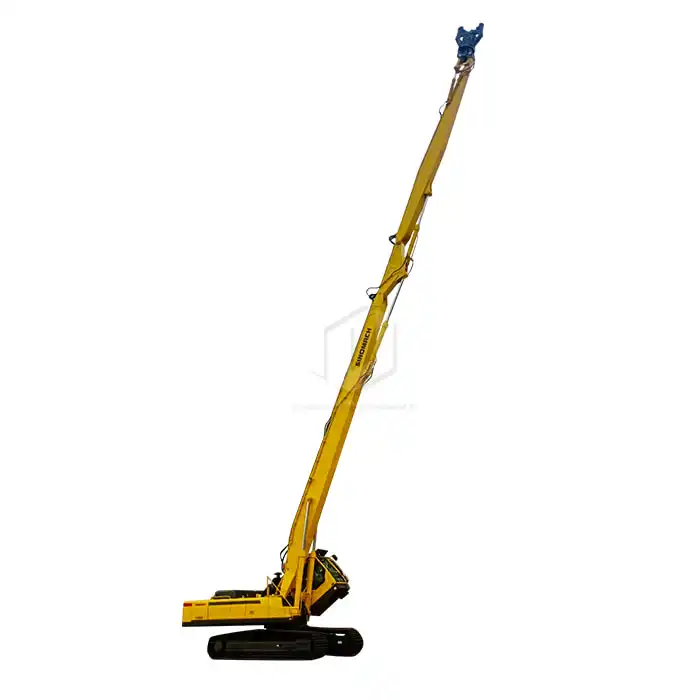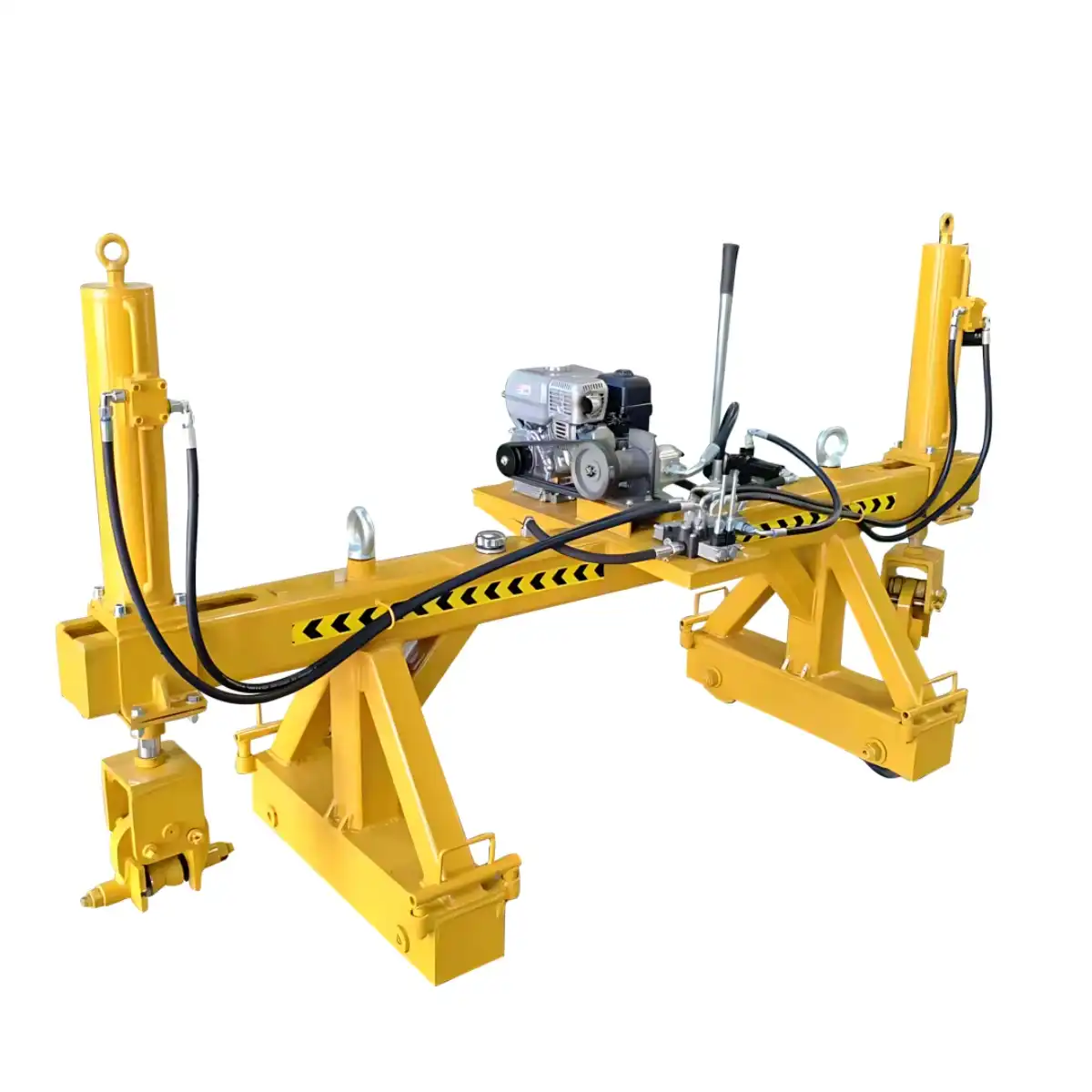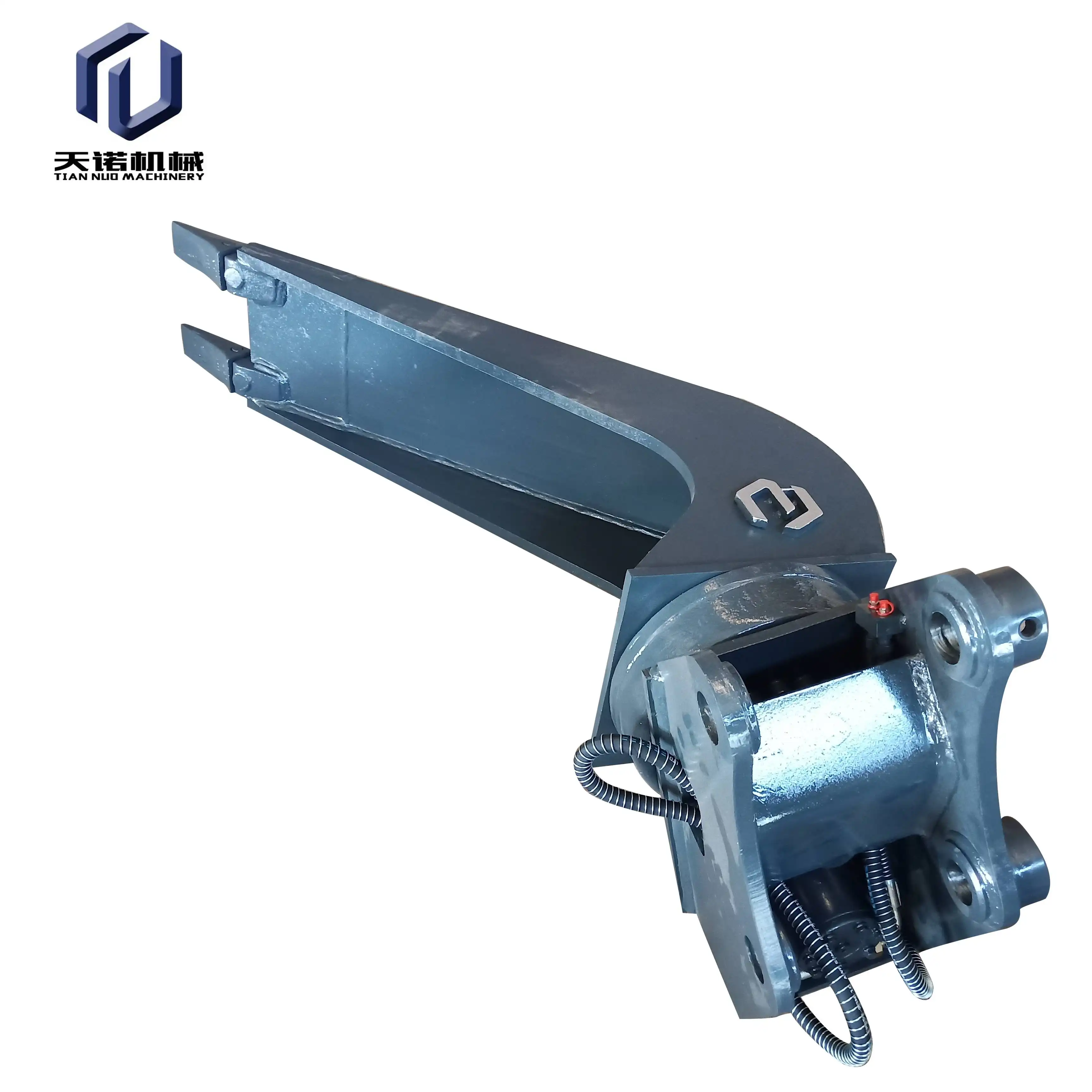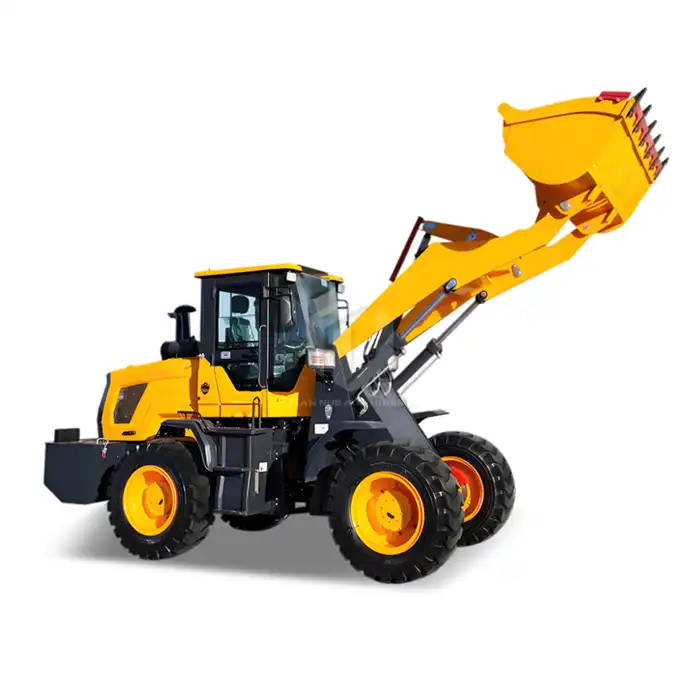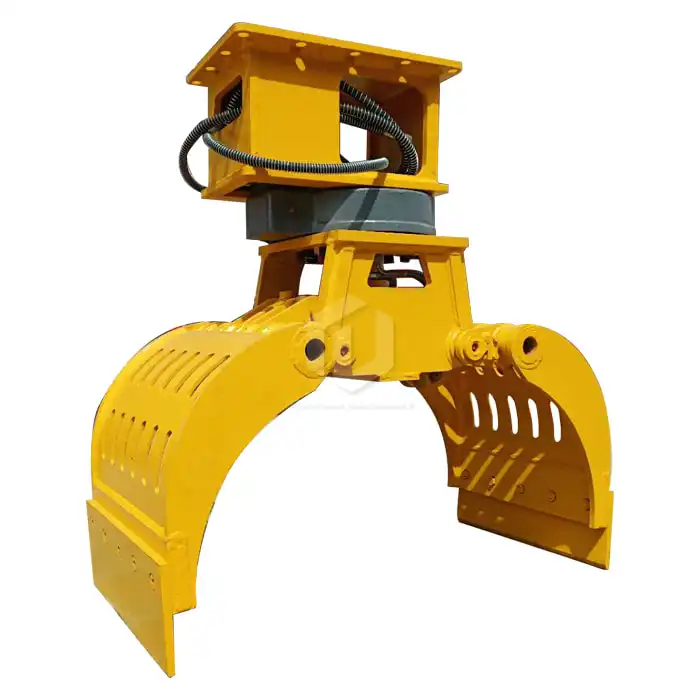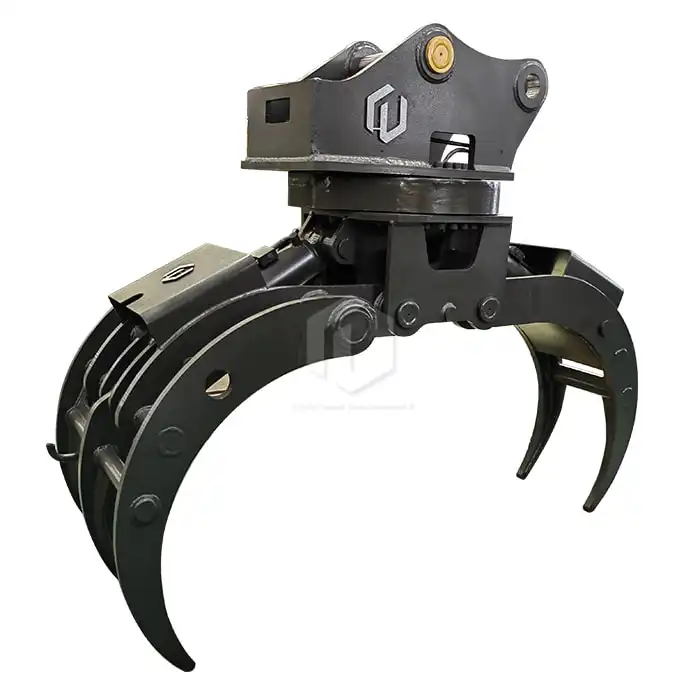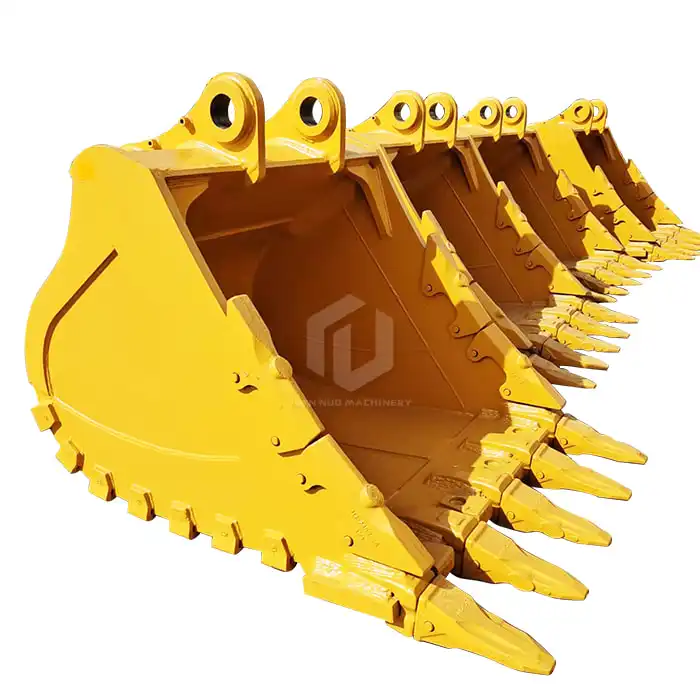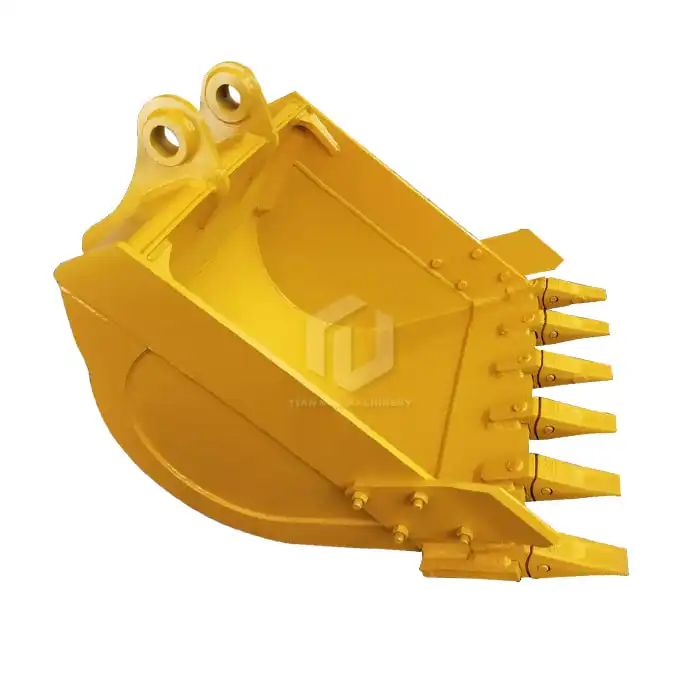Excavator Boom VS Stick
The standard size excavator boom and arm components work together as the main framework of an excavator's front attachment system, yet they serve distinctly different functions that impact performance across various applications. The boom is the larger, primary component that connects to the excavator's main body and provides vertical movement, while the stick (also called the arm or dipper) connects to the boom's end and provides horizontal reach. Each component has specific design requirements based on load distribution, operational needs, and job site conditions.
Load Type
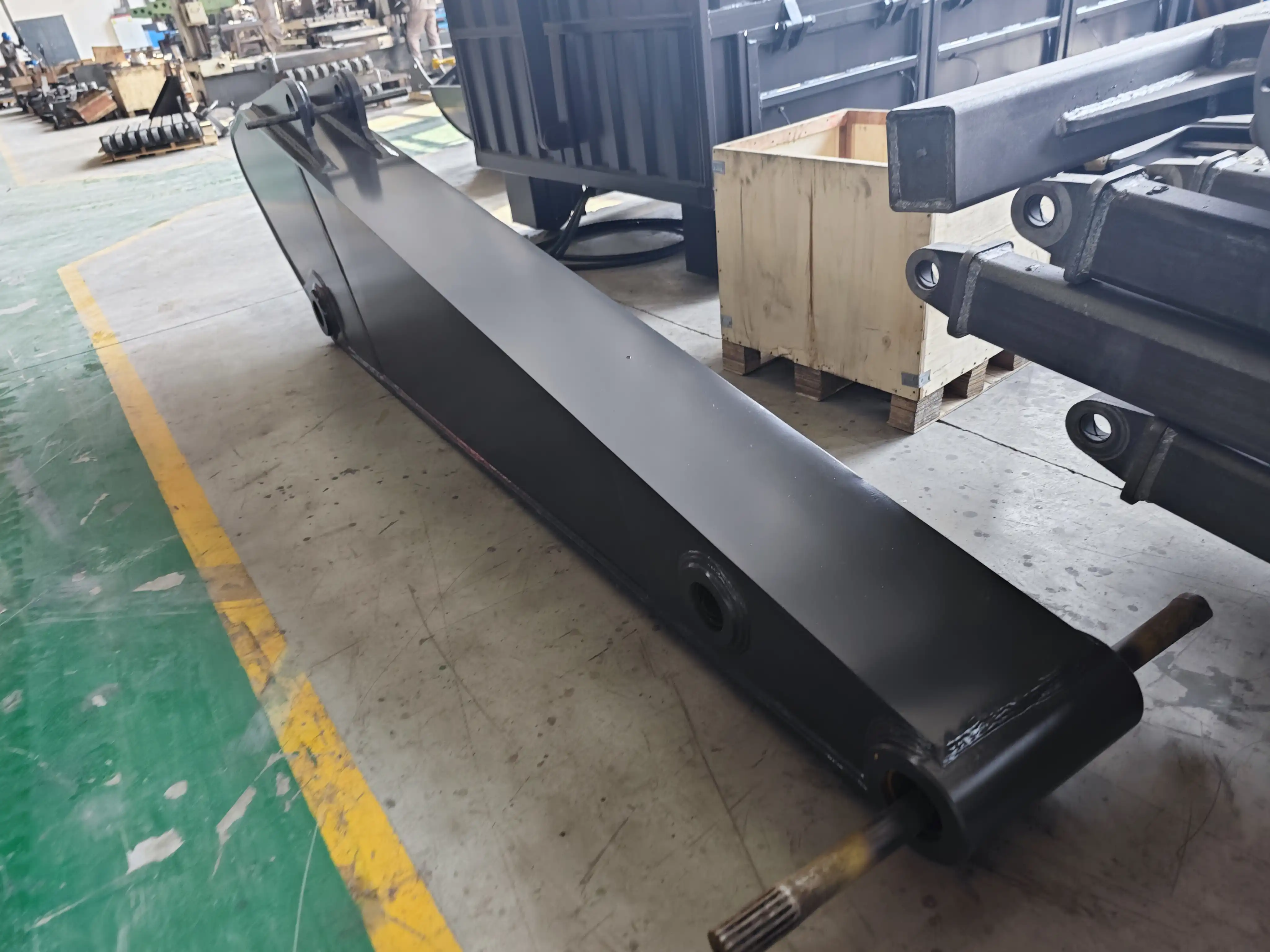
Understanding the load types that excavator booms and sticks handle is crucial for both operation and equipment selection. The distinct stress patterns and force distributions affect how these components are designed and utilized in various applications.
Boom Load Distribution
Excavator booms bear tremendous vertical loads in their primary function of supporting both the stick and bucket while providing the necessary vertical height for operations. The boom experiences compressive forces along its upper surface and tensile forces along its lower surface during lifting operations. This load distribution dictates the boom's robust design, with reinforced stress points to handle the constant weight of materials being lifted.
During operation, booms must withstand dynamic loading conditions that change as the excavator moves through its digging cycle. The load transfer mechanism from the main body to the boom and then to the stick involves complex force vectors that vary based on the position of the attachment and the material being handled. Booms designed for standard size excavator boom and arm configurations typically incorporate thicker steel plates at critical junctures to manage these significant stress concentrations.
Stick Load Characteristics
The excavator stick experiences predominantly tensile forces during digging operations as it pulls material toward the machine. Unlike the boom, which primarily lifts, the stick must handle forces that pull horizontally and sometimes at difficult angles depending on the excavation profile. This creates unique stress patterns that require specific reinforcement strategies at connection points.
The stick must also resist bending moments caused by the bucket's interaction with various materials. In applications like breaking concrete or excavating rocky terrain, the stick absorbs substantial shock loads that travel back through the attachment system. The design of standard size excavator boom and arm components must account for these repetitive impact forces while maintaining structural integrity over thousands of operational hours.
Key Parameters
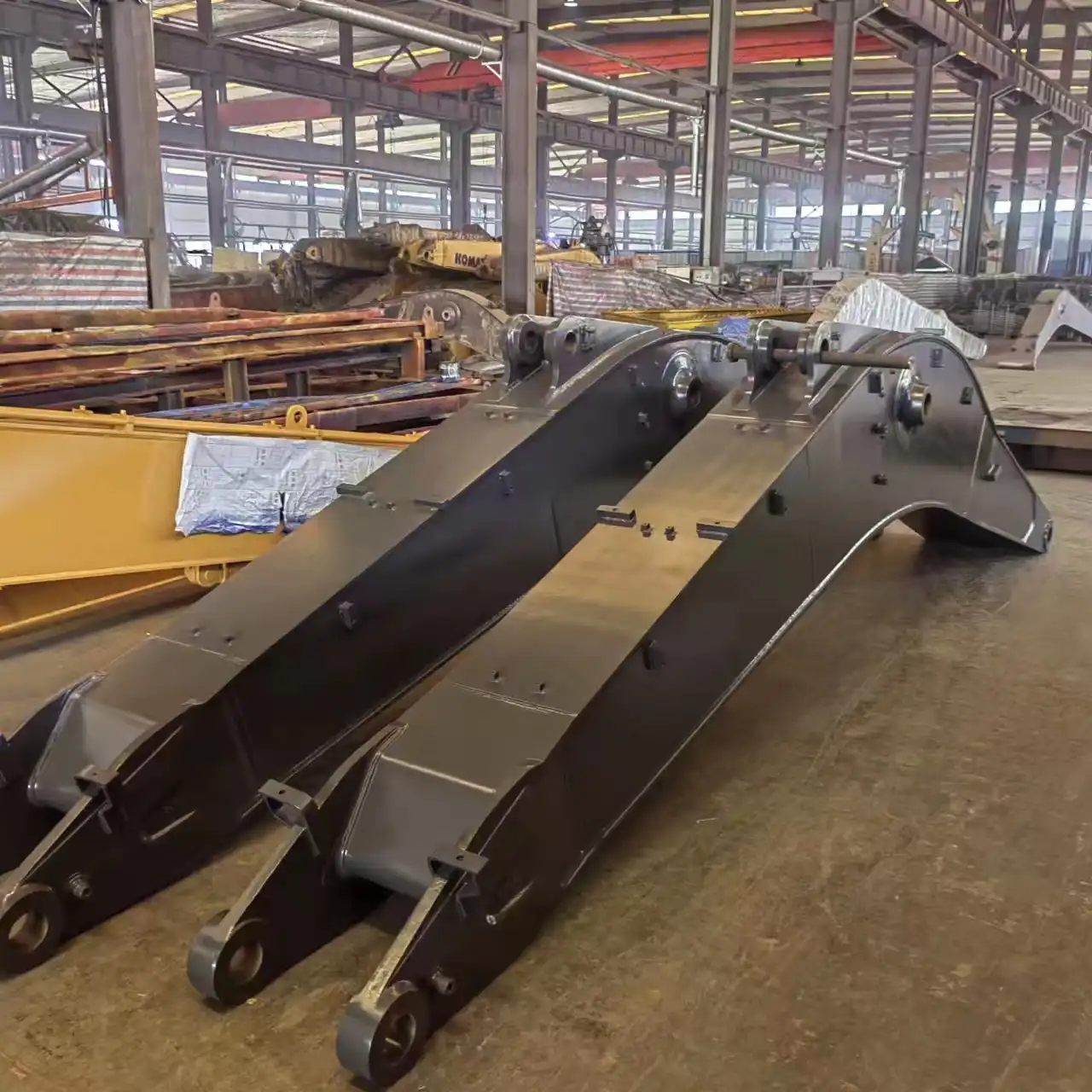
When evaluating excavator attachments, understanding the key parameters of booms and sticks is essential for matching equipment capabilities to specific job requirements.
Dimensional Specifications
The length of an excavator boom significantly influences the machine's reach and working range. Standard size excavator boom and arm combinations typically follow manufacturer-specific dimensions that optimize the machine's stability and lifting capacity. Boom lengths generally range from 4.6 to 7 meters for medium-sized excavators, while sticks vary from 2.5 to 3.5 meters depending on application requirements.
The cross-sectional profile of these components differs notably - booms typically feature a larger, tapered box-section design that maximizes strength while minimizing weight, whereas sticks generally maintain a more uniform profile throughout their length. These dimensional differences reflect their distinct functions: booms provide the primary lifting capability while sticks enable precise positioning and digging force.
Industry specifications often categorize these components based on the excavator's operating weight class, with standardized mounting interfaces that ensure compatibility across attachment systems. The cross-sectional geometry of both components is carefully engineered to provide maximum resistance to bending and torsional forces while maintaining the optimal weight-to-strength ratio.
Material Selection Differences
Material composition represents a critical parameter distinguishing high-performance booms and sticks from standard offerings. Premium standard size excavator boom and arm components utilize high-tensile steel alloys with yield strengths exceeding 690 MPa, providing superior durability in demanding applications like demolition and mining.
The material thickness varies strategically throughout each component, with greater thickness at high-stress areas such as cylinder mounting points and joint connections. While both components utilize similar steel grades, the specific alloying elements may differ based on whether the primary concern is wear resistance (for sticks that contact abrasive materials) or fatigue strength (for booms that experience cyclical loading).
Performance Metrics Comparison
The performance capabilities of booms and sticks are measured through distinct metrics that relate to their specific functions. Boom performance is commonly evaluated through maximum lift capacity at various radii, while stick performance focuses on breakout force and bucket manipulation control. Together, these metrics determine the excavator's overall digging envelope and material handling capability.
For standard size excavator boom and arm systems, key performance indicators include:
- Maximum reach at ground level
- Maximum digging depth
- Maximum loading height
- Boom swing angle (for machines with this capability)
- Stick crowding force
- Combined boom and stick cycle times
These parameters vary significantly based on hydraulic system specifications and structural design considerations. Mining and demolition applications typically prioritize higher breakout forces and robust construction, while precision work like railway maintenance requires enhanced control and accuracy with potentially sacrificed maximum force ratings.
Design Focus
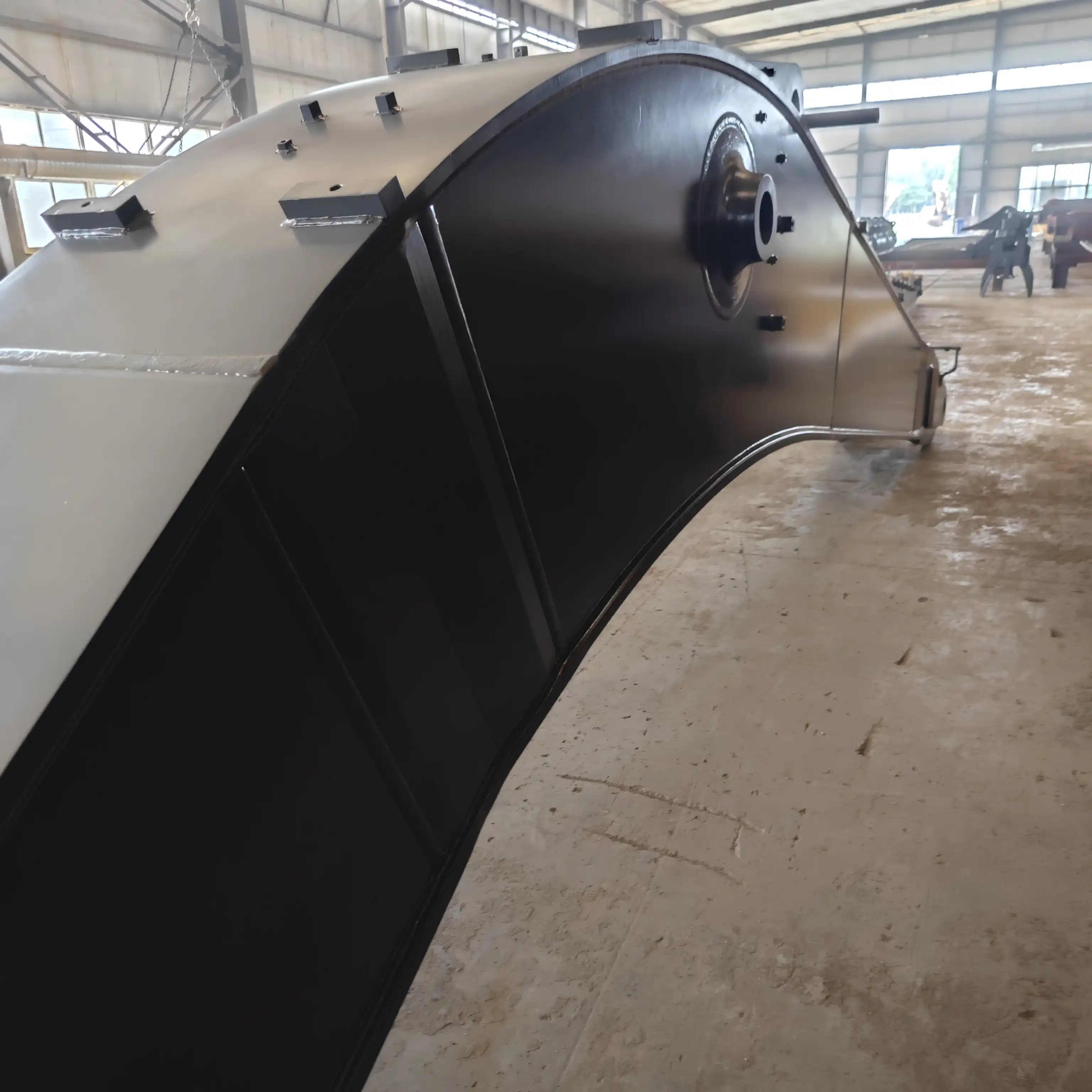
The design philosophies behind excavator booms and sticks reflect their distinct operational roles and the specific challenges they face during various applications.
Boom Engineering Priorities
The primary engineering focus for excavator booms centers on optimizing the balance between strength and weight. Booms must provide substantial lifting capacity while avoiding excessive machine weight that would increase ground pressure and transportation challenges. The box-section design commonly used in standard size excavator boom and arm components incorporates strategic reinforcement at high-stress areas while maintaining relatively thinner material in lower-stress regions.
Boom design emphasizes smooth load transfer from the stick cylinder to the main body, with carefully positioned gussets and internal reinforcements at connection points. The curvature profile of modern booms serves both functional and structural purposes - functionally extending the machine's reach while structurally distributing forces across a broader area to prevent stress concentration.
Stick Design Considerations
Stick design prioritizes durability and force transmission efficiency, with particular attention to the areas that directly contact excavated materials. The leading edge of the stick often incorporates additional wear plating or hardened materials to resist abrasion during digging operations. The overall geometry focuses on maximizing crowd force - the horizontal pushing and pulling power that defines digging capability.
The standard size excavator boom and arm relationship depends heavily on proper stick design, which must accommodate various bucket attachments while maintaining appropriate geometry throughout the digging cycle. The linkage system that connects the bucket to the stick requires precise engineering to optimize breakout force while providing the necessary range of motion.
For specialized applications like forestry or waste handling, sticks may incorporate additional hydraulic circuits and mounting provisions for attachments. These adaptations maintain the core structural integrity while enabling greater versatility. The interface between the stick and boom requires particularly robust engineering to handle the multiplication of forces that occurs during digging operations.
FAQ
①What is the standard length ratio between excavator boom and stick?
The standard ratio between excavator boom and stick length typically ranges from 1.5:1 to 1.8:1, meaning the boom is generally 50-80% longer than the stick. For a medium-sized excavator, this might translate to a boom length of approximately 5.7 meters paired with a stick length of about 3.2 meters. This ratio optimizes the machine's digging envelope while maintaining stability during lifting operations.
②How do I choose between different boom and stick configurations?
Select your boom and stick configuration based on your primary application requirements. Longer sticks provide greater reach and digging depth but reduce lifting capacity. Standard standard size excavator boom and arm configurations offer balanced performance, while specialized options like mass excavation booms (shorter and stronger) or long-reach combinations serve specific purposes like bulk material handling or deep excavation respectively.
③What maintenance differences exist between booms and sticks?
Booms typically require more attention to pivot pins and hydraulic cylinder seals due to their greater angular movement and weight-bearing role. Sticks need more frequent inspection of wear plates and bucket connection points due to their direct contact with materials. Both components should be regularly checked for crack development at weld points, with stick-to-bucket connections requiring more frequent bushing replacement due to higher articulation rates.
Contact Information
The excavator boom and stick components represent critical elements in heavy equipment design, each with distinct characteristics optimized for specific functions within the excavation process. Understanding these differences enables operators and fleet managers to select the appropriate standard size excavator boom and arm configuration for their specific applications, whether in railway construction, mining, demolition, or general earthmoving operations.
The boom's primary focus on vertical lifting capacity contrasts with the stick's emphasis on horizontal reach and breakout force, creating a complementary system that provides the versatility modern construction demands. By considering the load types, key parameters, and design focus areas outlined in this article, industry professionals can make informed decisions when specifying equipment or planning operations.
For more information about high-quality excavator attachments, including standard and custom boom and stick configurations, contact Tiannuo Machinery at rich@stnd-machinery.com. As specialists in manufacturing excavator components since 2014, our engineering team can provide expert guidance on selecting the optimal configuration for your specific operational requirements.
References
- Construction Equipment Guide (2024). "Excavator Component Design: Engineering Principles for Modern Earth-Moving Equipment"
- Journal of Construction Engineering (2023). "Structural Analysis of Load Distribution in Hydraulic Excavator Front Attachments"
- Heavy Equipment Technical Institute (2024). "Material Selection for High-Stress Components in Construction Equipment"
- International Mining Technology Review (2023). "Performance Optimization in Hydraulic Excavator Systems"
- Railway Construction and Maintenance Standards Association (2024). "Equipment Specifications for Track Maintenance Operations"
About Author: Arm
Arm is a leading expert in the field of specialized construction and railway maintenance equipment, working at Tiannuo Company.

